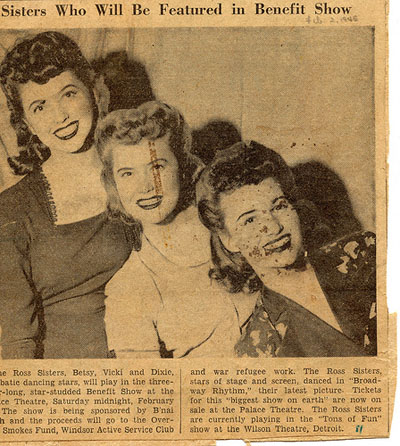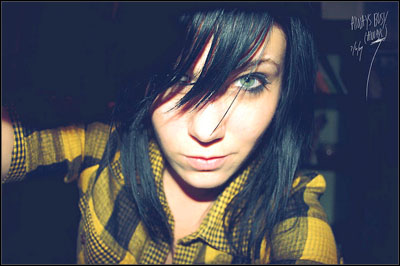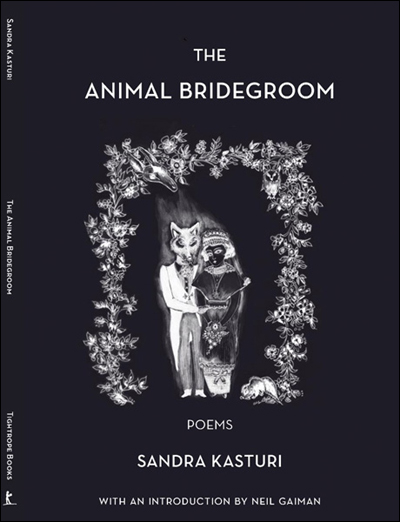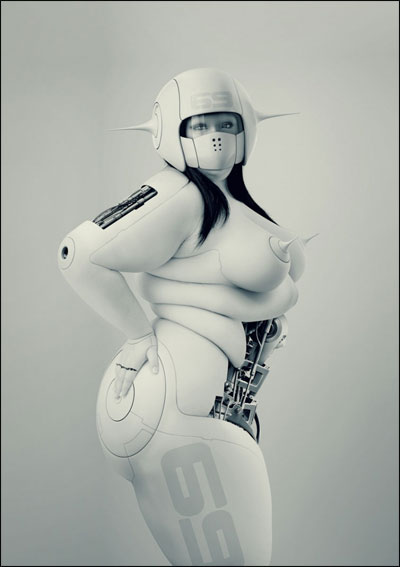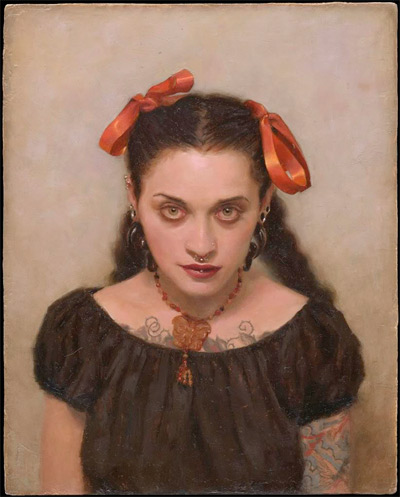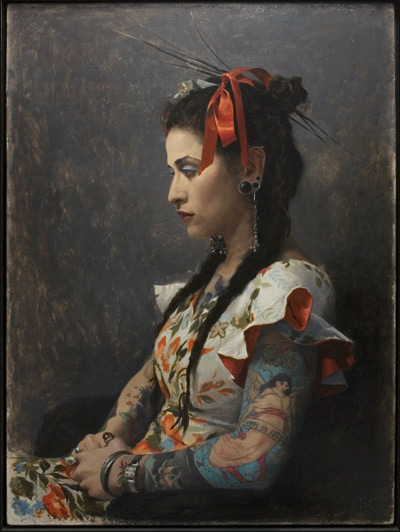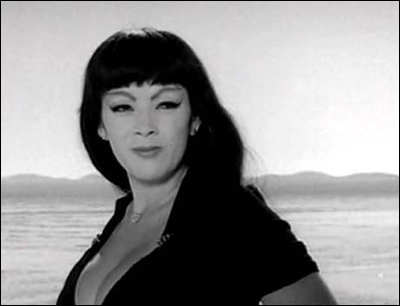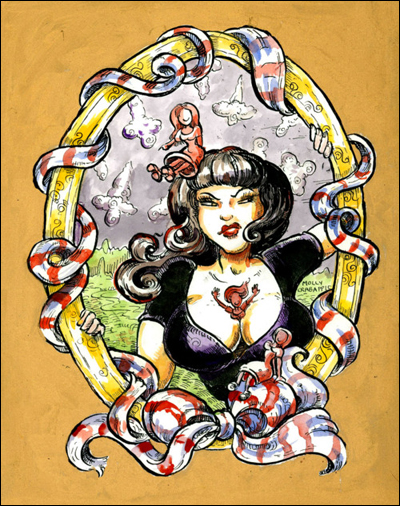Poly Styrene (3 July 1957 – 25 April 2011)
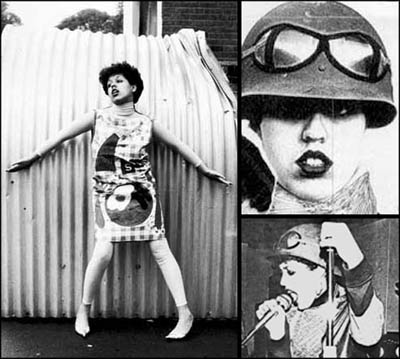
“You remember that old song ‘Que Sera Sera, Whatever will be, will be, the future’s not ours to see’? I’ve always felt that. It’s been a rollercoaster ride, but I wouldn’t change a thing.” –Poly Styrene
Marianne Joan Elliott-Said, best known as Poly Styrene, legendary singer for the short-lived, seminal punk band, X-Ray Spex, has died at the age of 53.
This sad news comes to us mere weeks after Styrene officially released her final solo album, Generation Indigo, shortly after revealing to the press that she was fighting for her life. (Oh, cancer, up yours.)
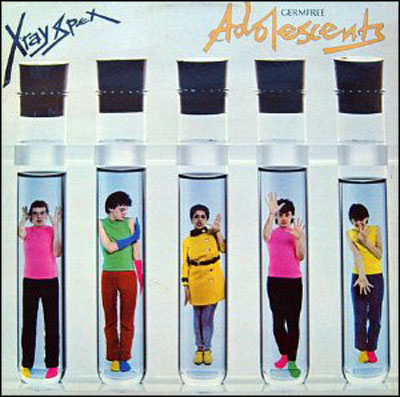
Young Poly Styrene wore braces and bright Technicolor dream coats. She looked and sounded nothing like Crystal Gayle or Karen Carpenter. Instead, she hollered jagged lyrics from the bottom of her heart with all of the raw strength and fire of her male contemporaries in the ’77 UK punk school, plus a bit of something extra: full on, straight-up, unapologetic female outsider outrage, and a ferocious personal philosophy of anti-consumer culture environmentalism the likes of which punk would not see again until the Dead Kennedys.
In fact, Billboard would one day call her the “archetype for the modern-day feminist punk”. She certainly was, to put a point on it, “one of the least conventional front-persons in rock history, male or female”. [via]
NME writer James McMahon:
We live in an age where Jarvis Cocker and Beth Ditto are long established alternative icons, where Lady Gaga dressing head to toe in offal barely raises a shrug. Within the reign of Olivia Newton-John, like all the best popstars of their time, Poly Styrene must have seemed like she’d fallen to earth from another – most likely day glo daubed – world. She was to the spirit of individuality what Christopher Columbus was to having a wander.
Rest in Peace, badass woman. You broke the mold.

Press release photo for Generation Indigo.




